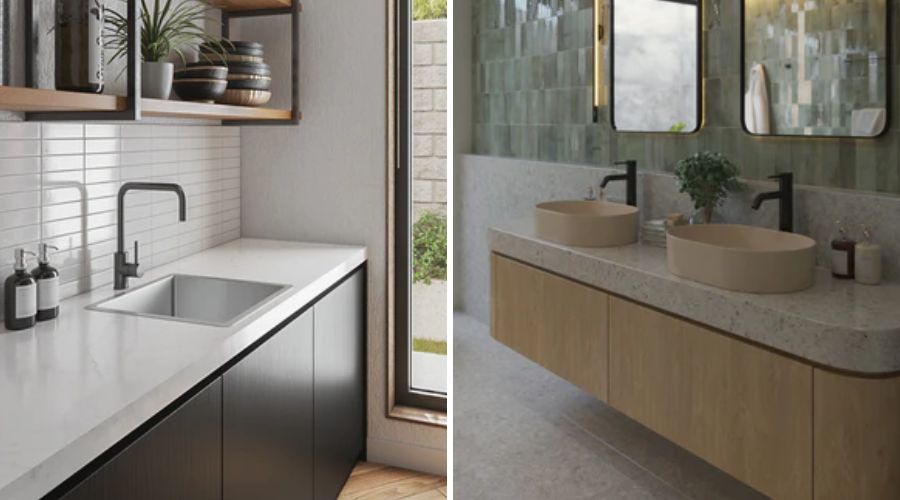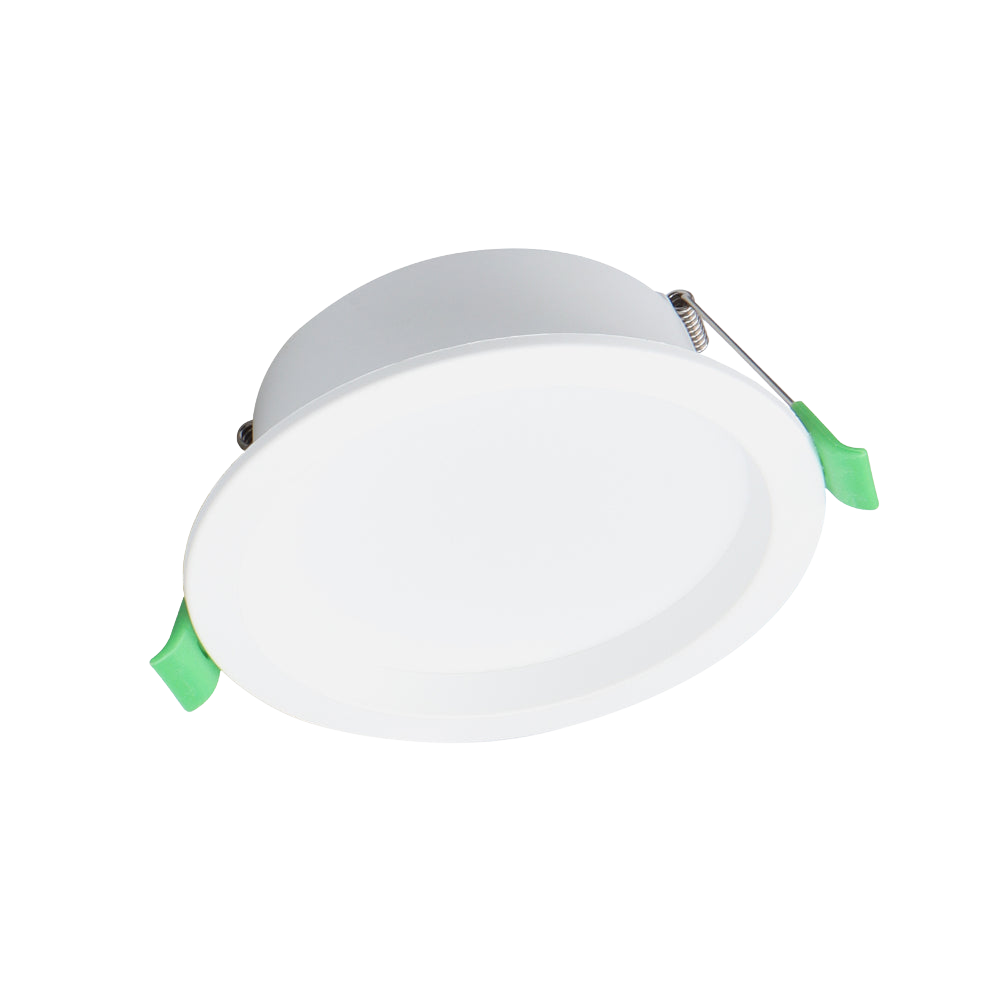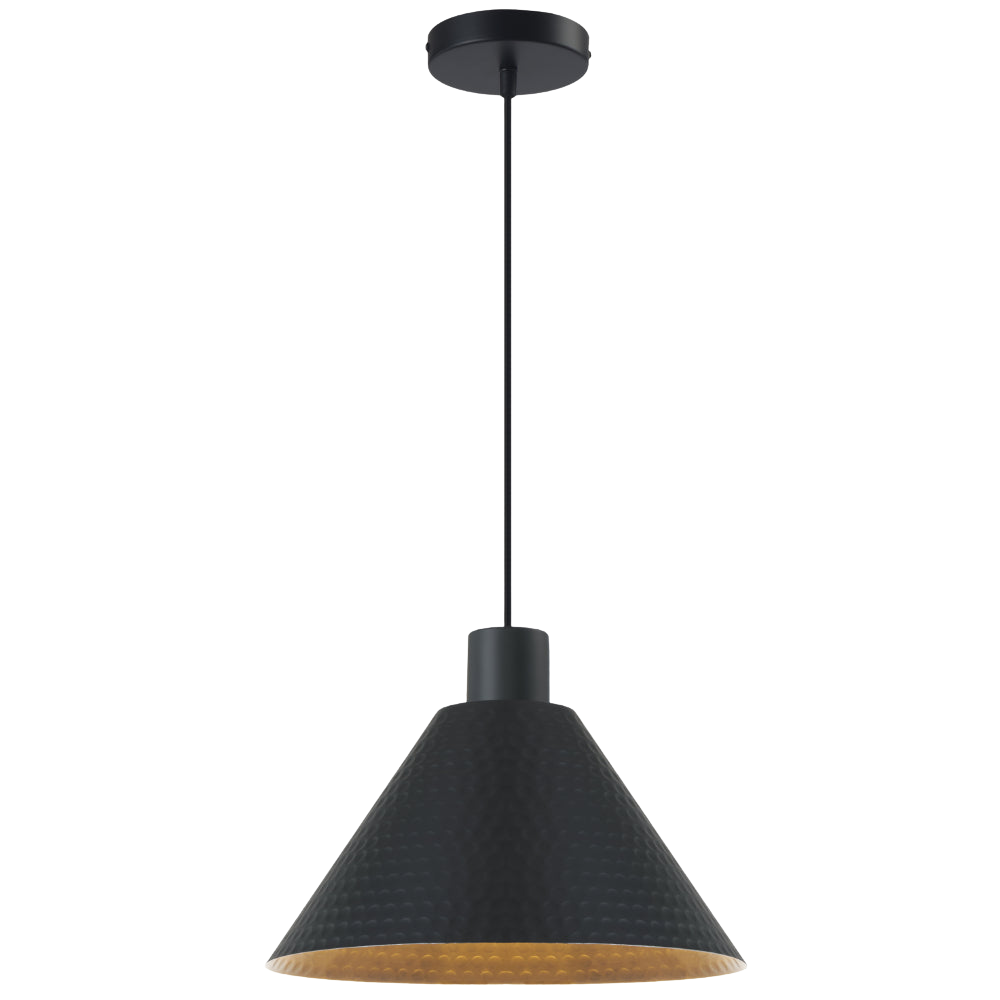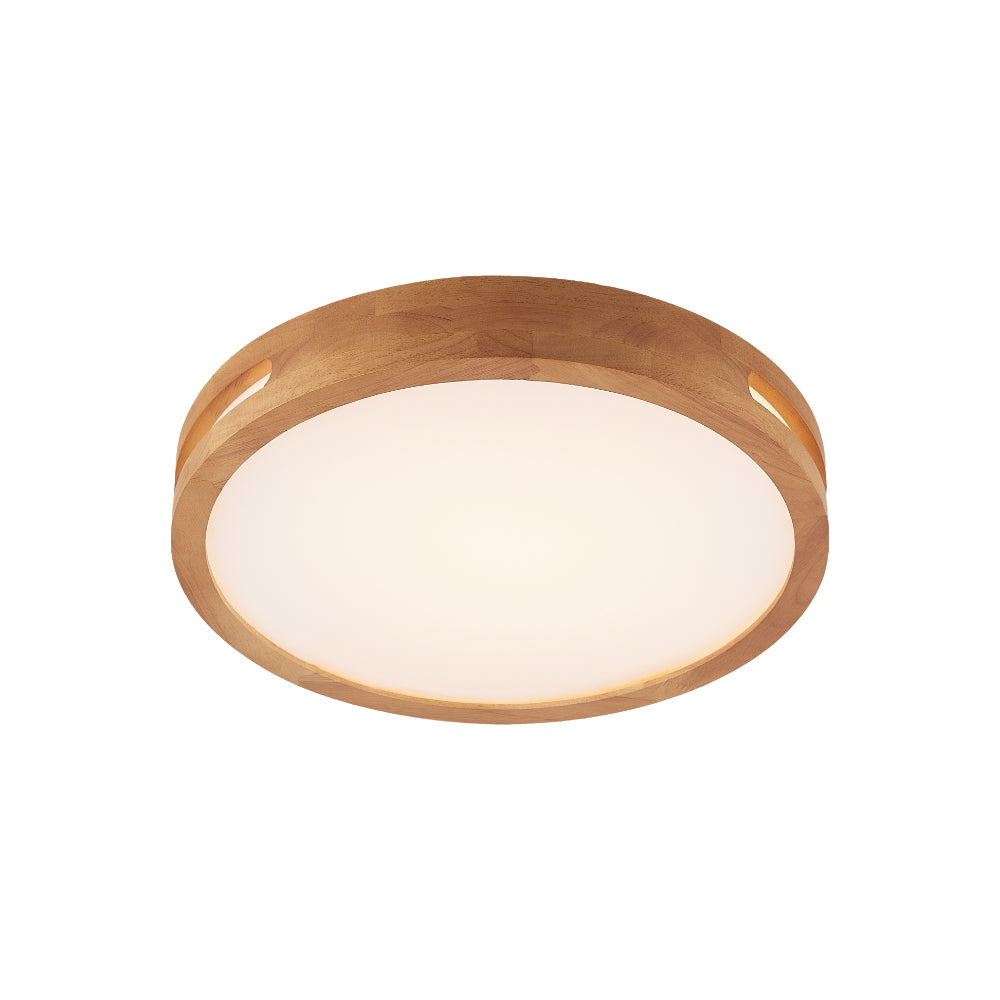How to Choose the Right Tile Colour for Your Home
Feeling stuck on tile colour? Here's how to choose the perfect shade for your space, with expert tips for different rooms, lighting, and finishes.

Whether you're renovating a bathroom, designing a new kitchen, or adding new laundry tiles, choosing the right tile colour can feel like one of the biggest decisions in the process (and for good reason – tile is often one of the most permanent materials in a space).
Unlike wall paint or styling choices, you don’t want to change your tiles in a year or two. That’s why picking a tile colour that feels right matters.
There’s no one right answer. But there are a few smart strategies that can help you confidently choose a tile colour that suits your home, lifestyle, and personal taste.

A green tile splashback gives off a calm, relaxing bathroom vibe.
1. Consider the natural light in your space
Before you even look at colour swatches, take a minute to assess the natural light in your space. Is it bright and airy? Dark and moody? Does it get warm morning light or cooler afternoon tones?
Tile colour responds dramatically to light. A soft white tile in a showroom may look blue or cold in a shadowy bathroom. A warm beige might suddenly read yellow in a sunny kitchen.
- Light-filled spaces can handle cooler or deeper tones without feeling closed in.
- Low-light rooms often benefit from light-coloured tiles like white, cream, or light grey, especially in matt finishes, which reflect a little less glare than high-gloss.
- For warmth in darker spaces, try terracotta tiles or muted natural stone-look tiles with earthy undertones.
Low-light rooms can benefit from white tiles like these Vetra Bianco White Gloss tiles
Related: If you’re also choosing your tiles based on surface (wall tiles vs floor tiles), read How to Match Your Wall and Floor Tiles in Any Room for help pairing tones and finishes in a cohesive way.
2. Match the tile colour to your home's overall style
The style of your home should help guide your tile colour palette, not lock you into it, but give you some direction. A coastal-inspired home will likely lean toward cool whites, soft greens, or sea-glass blues, while a modern, minimalist build might call for concrete greys, deep charcoals, or monochrome palettes.
Here’s a simple breakdown of popular tile colours and where they typically shine:
- White tiles: Clean, classic, and versatile. White tiles are perfect for bathroom walls, splashbacks, or creating a bright base.
- Grey tiles: Great for modern spaces. Choose light grey for softness or darker charcoal for drama in floor tiles.
- Terracotta and beige tiles: Beautiful in earthy, natural homes. These bring warmth and softness to living rooms, kitchens, or laundry spaces.
- Green or blue tiles: Ideal for feature walls or splashbacks in colourful, creative spaces. Choose green tiles and blue tiles for moody, coastal or vintage-inspired looks.
Related: Not sure which tile style fits your aesthetic? Which Tile Style Matches Your Space? is a great place to start.
3. Think about contrast (or lack of it)
Some spaces come alive with contrast: a deep green splashback against white cabinetry, or a black floor grounding a light-filled bathroom. Others need to feel soft, airy, and quiet.
This is where thinking about contrast and balance matters. If your cabinetry, walls, or benchtop is already a strong colour, it’s often best to let your tile colour be the neutral element that brings everything together. But if the rest of the space is simple and light, your tile is your chance to make a statement.
You don’t always need to go bold with colour to make a visual impact. Contrasting finishes (like matt tiles on the floor and gloss tiles on the walls) or even grout colour can add depth without introducing another hue.

A black tiled wall always makes a cool statement in bathrooms.
Related: If you’re choosing a tile based on placement, The Best Splashback Tiles for Every Kitchen Style has ideas for balancing colour and texture in splashback zones.
4. Don’t forget about grout colour
Grout doesn’t just hold your tiles in place, it plays a big role in how your tile colour is perceived.
- Matching grout (same or similar colour) creates a seamless, soft look.
- Contrast grout (e.g. black grout with white tiles) makes the tile pattern more pronounced – great for feature walls, but not always ideal for small spaces.
- Mid-tone grout can help hide mess in high-use areas like floors or kitchen splashbacks.
When in doubt, order a few tile samples and test them at home with different grout colours. Try to look at them in the lighting that reflects your actual space (natural light by day, warm overhead lights by night).
5. Let your tiles complement other materials in the room
Your tile colour doesn’t need to be the star of the show. If you’ve already locked in a benchtop or bathroom vanity, bring samples with you when you’re choosing tile colours. Look for harmony in undertones (warm with warm, cool with cool) rather than trying to match things exactly.
In kitchens, for example, white gloss tiles are a smart choice for balancing out bolder cabinetry colours, while textured kit kat tiles in sage or clay tones can soften minimalist joinery.

White tiles are a classic in kitchens for a reason!
To bring it all together, choose complementary finishes like brushed brass tapware or a matte sink that anchors the colour palette.
Choose a Colour That Lasts & You Love
There are a lot of factors that go into choosing the right tile colour: lighting, tone, room size, finish, existing materials. But at the end of the day, your home should feel like yours.
If you’re drawn to bold colour, go for it – just keep the rest of the room simple. If you like soft neutrals, layer textures with natural stone-look tiles, subtle matt finishes, or decorative tiles that don’t rely on bright hues. Your tile colour doesn’t need to be trendy. It just needs to feel good every time you walk into the room.
Ready to browse tile colours by tone or finish? Explore our full tile collection, including penny round tiles, feather tiles, splashback tiles, and kit kat tiles.
You can also visit our Melbourne showroom in Dandenong South to get advice on colour pairings, lighting, grout, and more.

































































































































































































































































































































